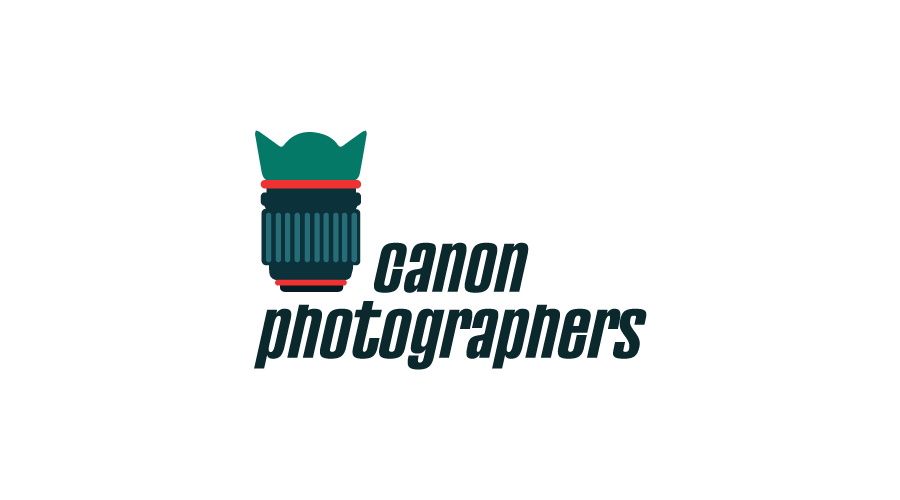For both serious and casual photographers, the Kodak Disposable Camera has been a cherished and iconic device. In an age where digital technology predominates, it continues to be a popular option for preserving memories due to its practicality, affordability, and capacity for quickly capturing important events. We shall examine the background, characteristics, and ongoing allure of the Kodak Disposable Camera in this essay.
The Kodak disposable camera’s history
Kodak realized the need for a straightforward, reasonably priced camera that could serve a wider audience in the late 20th century as photography became more widely available. As a result, the Kodak Disposable Camera was developed and initially made available in the 1980s. The idea was simple: a pre-loaded film camera with a lightweight plastic body that was intended to be used only once before being processed by Kodak.
Design and Features
The Kodak Disposable Camera was made to be simple to use, so it may be used by people of all ages and levels of photographic experience. Its small size and light weight made it convenient to bring along on trips, family get-togethers, and numerous social occasions. The camera had a fixed focus lens, which meant there was no need for fiddly adjustments and trouble-free operation.
The lack of complex controls and settings freed users to concentrate only on capturing the moment, making it a great option for impromptu photography. Simply aiming the camera, pressing the shutter button, and letting the Kodak film do its magic was all that was required of users.
Good and Visual Results
The Kodak Disposable Camera’s simplicity could lead one to believe that image quality will suffer. That wasn’t the case, though. For these throwaway cameras, Kodak put years of study and expertise into manufacturing premium film, making sure the pictures were sharp, vivid, and true to life.
Despite having fewer features than professional-grade cameras, the fixed-focus lens was able to capture crisp photographs in the majority of lighting situations. The Kodak Disposable Camera excelled in preserving memories in exquisite clarity, whether they were of indoor gatherings or outside landscapes.
Film photography’s allure
The appeal of film photography hasn’t been lost on aficionados in the current digital era, where almost every smartphone has a good camera. The Kodak Disposable Camera capitalizes on this nostalgia by providing a distinctive experience that distinguishes it from its digital rivals.
Users are encouraged to approach capturing images more deliberately when using film photography. Users are forced to consider composition, lighting, and timing closely because they aren’t immediately gratified by viewing the image on a screen. Photographic techniques that are slower and more deliberate can produce more thoughtful and artistic outcomes.
Impact on the environment and sustainability
Although the Kodak Disposable Camera is still a well-liked photography tool, questions have been raised about its effects on the environment. Each camera is a single-use item, so when it is discarded after use, it adds to the plastic waste stream. In recent years, Kodak has worked to allay these worries by encouraging recycling initiatives and environmentally friendly photography methods.
Conclusion
The Kodak Disposable Camera made an enduring impact on the photographic industry by giving generations a convenient and affordable way to save life’s priceless moments. Its ongoing allure stems from its ease of use, practicality, and capacity to arouse nostalgia for the tradition of film photography.
There is something irreplaceable about the tangible substance of film and the capacity of the Kodak Disposable Camera to freeze time in a single frame, even as digital technology continues to change photography. The Kodak Disposable Camera will always have a special place in the hearts of photographers all over the world as long as there are people looking to capture life’s fleeting moments.

